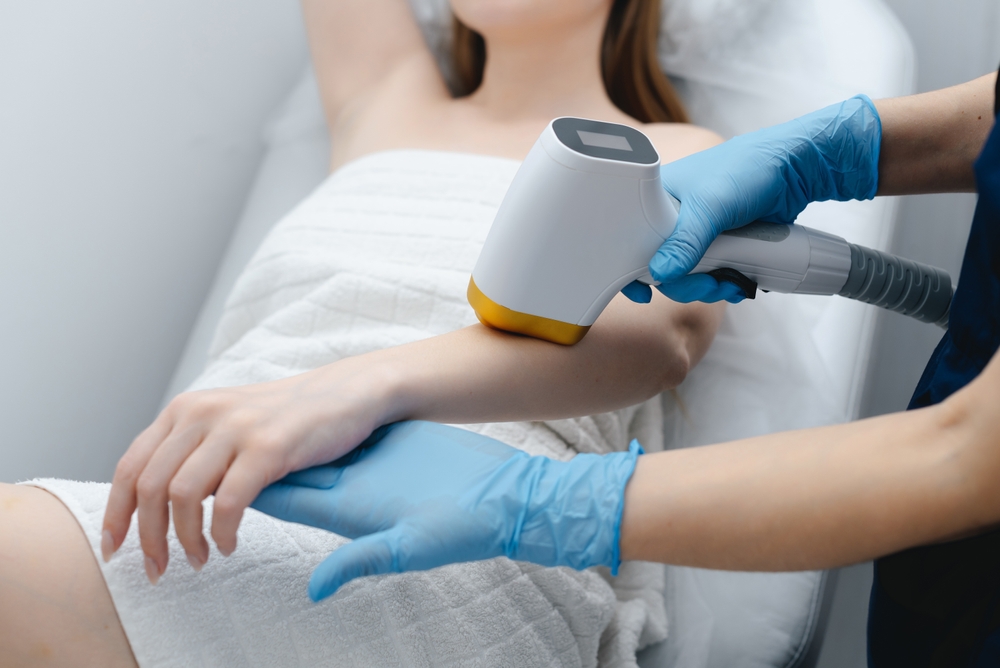What to Know About Tattoo Removal: Laser, Skin Care, Clinics
Many people consider tattoo removal for changing tastes, job reasons, or faded designs. Modern laser removal has made the process more predictable than older methods, but results still depend on tattoo size, ink colors, placement, and your skin’s response. Understanding how lasers work, what to expect at a clinic, and how to care for skin afterward can help you plan a safe, realistic course of action.

This article is for informational purposes only and should not be considered medical advice. Please consult a qualified healthcare professional for personalized guidance and treatment.
How does tattoo ink sit in the skin?
Tattoos deposit pigment into the dermis, the stable layer beneath the outer epidermis. Because the ink sits deeper than surface cells, it doesn’t wash away as skin naturally sheds. The body’s immune system plays a role over time, gradually breaking down small particles of ink. Variables such as how deeply the needle penetrated, the type of pigment used, and individual skin characteristics affect how embedded and removable the ink is. Older, faded tattoos are sometimes easier to break down than fresh, vivid ones.
How does laser target tattoo pigments?
Laser systems deliver short, high-intensity pulses of light that are absorbed by pigment particles. The absorbed energy fragments ink into smaller pieces the immune system can clear. Different lasers work better for different colors—certain wavelengths are better absorbed by black ink while others target green, blue, or red pigments. Newer picosecond and Q-switched lasers are commonly used in clinics because they produce effective bursts at specific wavelengths. A licensed technician or dermatologist will recommend the appropriate laser based on ink colors and your skin type.
What happens during removal sessions?
A typical session begins with a consultation and assessment of the tattoo and skin. During treatment, protective eyewear is used, and the laser is applied to targeted areas. Sensations vary—many people report stinging or snapping similar to a rubber band; topical numbing is often available. Immediate effects can include whitening or slight edema at the spot. Sessions are spaced weeks apart to allow the immune system to process ink fragments and skin to heal. The total number of treatments depends on tattoo complexity, but many tattoos require multiple sessions; complete removal is not guaranteed for every case.
How will your skin heal afterward?
Aftercare is crucial to minimize complications and promote healing. Expect redness, tenderness, and scabbing for several days to a couple of weeks. Keep the area clean, avoid picking scabs, and follow your clinic’s wound-care instructions. Sun exposure increases the risk of hyperpigmentation or hypopigmentation, so protect the treated skin from UV rays while it heals. There is a small risk of scarring or pigment changes; those risks are higher if aftercare instructions aren’t followed or if the skin is prone to keloids. If signs of infection or unusual changes appear, contact your provider promptly.
How to choose a clinic for removal?
Selecting the right clinic matters for safety and outcomes. Look for a licensed medical professional or certified laser technician working in a recognized clinic or dermatology practice. A good clinic will provide a clear consultation, explain which laser will be used, outline realistic expectations, and review possible side effects. Ask about their experience with your tattoo color and skin type, and request before-and-after images or references. If you prefer, seek clinics that offer consultations with a dermatologist, especially for sensitive skin or complex pigment issues. Check reviews, verify credentials, and make sure the clinic uses up-to-date equipment.
Conclusion
Laser tattoo removal is a widely used option that relies on breaking ink into fragments the body can remove. Effectiveness varies with ink color, tattoo age, depth, and individual skin response. Choosing an experienced clinic, understanding what to expect during sessions, and following careful aftercare are key to reducing risks and improving outcomes. Speak with a qualified professional in your area to get a personalized assessment and treatment plan.






